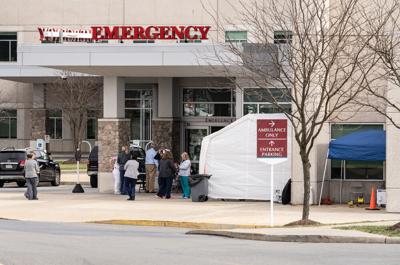

(The Center Square) – Pennsylvania’s hospital administrators say rising energy costs driving worldwide “fuel poverty” threaten the stability of the entire U.S. health care system.
“Folks can’t pay to heat their homes,” Chuck DiBello, vice president of facilities and real estate for the Allegheny Health Network, told the Senate Majority Policy Committee. “They get sick and they come to the hospital – sometimes just to get warm.”
Treating them, he continued, becomes more and more challenging – and unsustainable – as energy costs inflate.
The committee convened Friday in Pittsburgh to discuss the impact of this growing unaffordability on Pennsylvania’s economy – including the ancillary health concerns that trickle all the way down to patients.
He pointed to the United Kingdom, where rising costs could push up to half of households in England into “fuel poverty” – a term used to describe families unable to heat their homes to a “reasonable” temperature.
In Scotland, Wales and Northern Ireland, households spending more than 10% on energy costs constitute “fuel poverty.”
Some 498,000 households in the state use the Low Income Home Energy Assistance Program and other similar programs during the winter season, according to the Pennsylvania Public Utility Commission.
“Fuel poverty and cold homes exacerbate circulatory, respiratory, and mental health problems across all age groups,” DiBello said. “The worsening cost-of-living crisis is not felt equally across society. For the most vulnerable, if not prevented, a cold, damp environment can be deadly.”
Pennsylvania ranks 12th highest in the nation for electricity rates and the skyrocketing cost of natural gas – the state’s chief fuel source – spells more trouble ahead.
DiBello said the 14 hospitals in his system anticipate a 27% increase in overall utility costs in 2023, of which nearly half comes from generating electricity. Health care facilities run 24/7, 365 days a year – a fact that never changes, he said.
Compounded with the regulated costs of providing care, hospitals lack little, if any, agency to shift funding around to cover their utility needs, said John Krolicki, chief financial officer for UPMC.
“If you’re a restaurant, you can pass that onto the cost of whatever you’re doing,” DiBello said. “We don’t have that opportunity in health care. We can’t do that.”
SOURCE
TELL YOUR FRIENDS ABOUT CITIZENS JOURNAL Help keep us publishing –PLEASE DONATE




